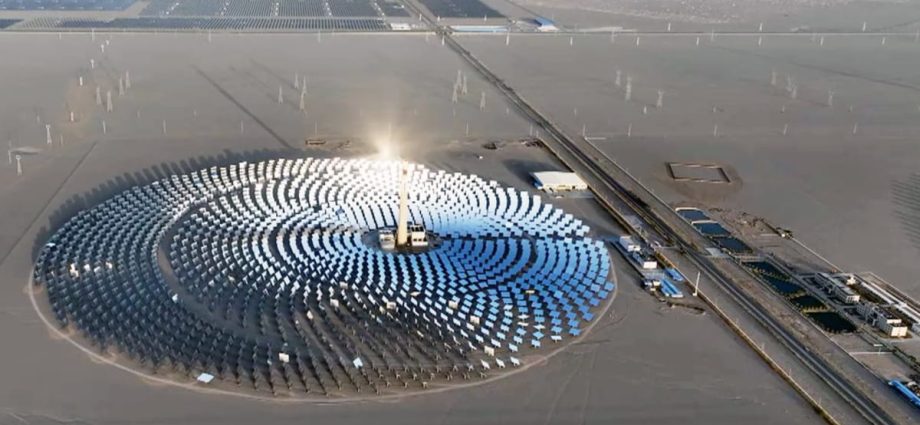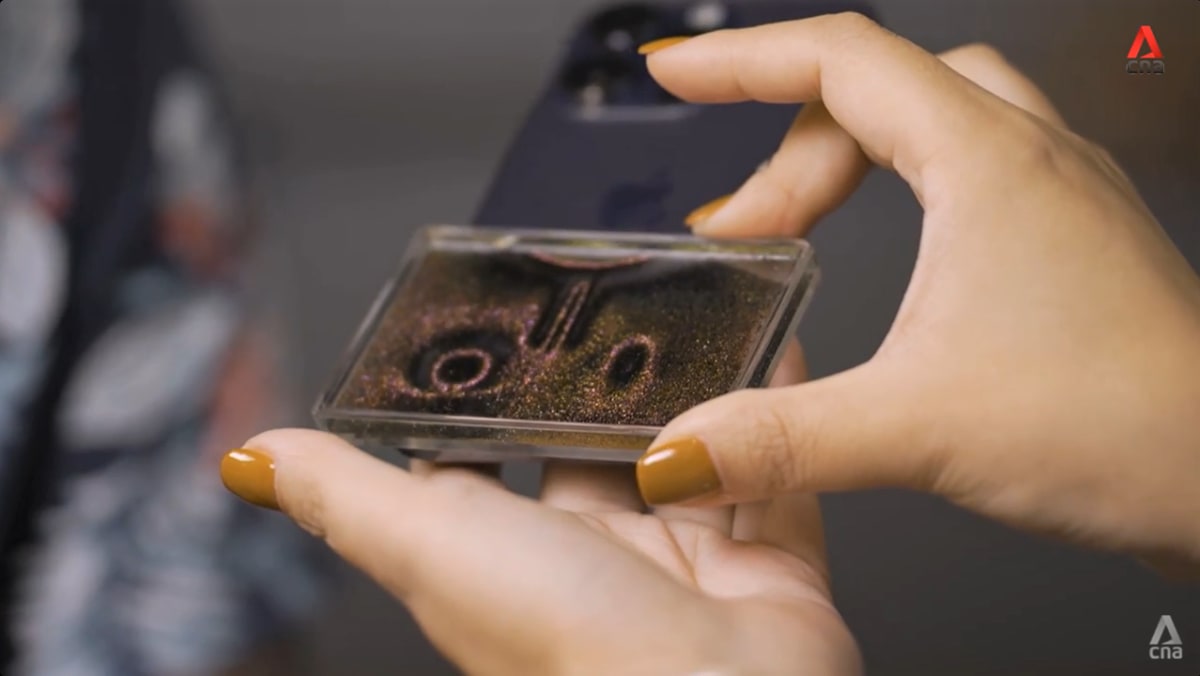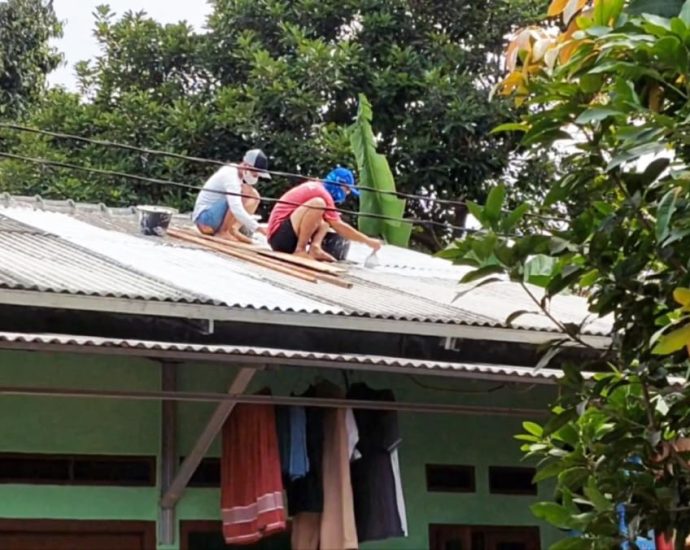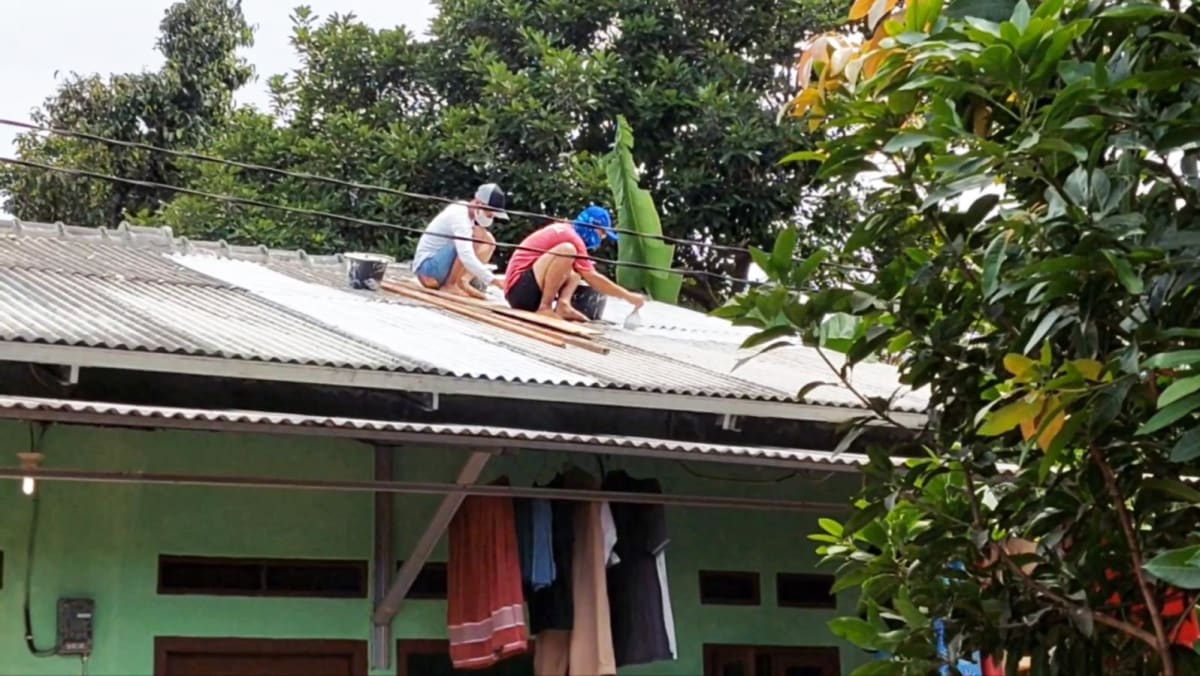Biggest clean energy producer, biggest polluter: Whatâs behind Chinaâs green contradictions?
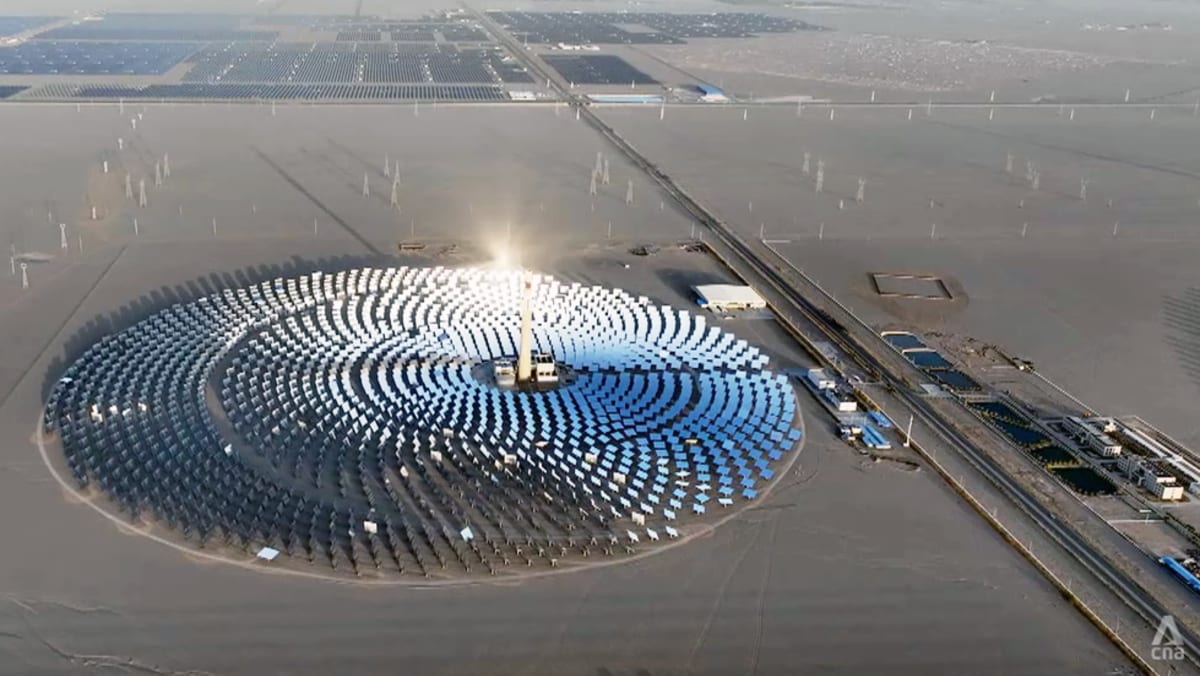
He Jijiang, executive deputy director of Tsinghua University’s Research Centre for Energy Transition and Social Development, described this programme as “one of China’s signature energy transformations”.
“(Photovoltaics) are built in the poorest villages, and income generated from the power stations is reserved for the villagers to address poverty issues,” he said.
SEPAP has benefited more than 400 million people, according to China’s National Energy Administration. And by 2020, the programme increased national solar power capacity by 26 gigawatts, exceeding the initial target of 10 gigawatts.
This April, China’s solar capacity reached 430 gigawatts, which is triple that of second-placed United States, with 142 gigawatts.
China has invested heavily in other renewables too. In 2012, the country saw US$67.7 billion (S$90.2 billion) of clean energy investment. A decade later, this shot up to US$546 billion.
Today, China is the world’s biggest producer of renewable energy, and not only solar energy.
It has more than 4,300 wind farms in operation or development. Last year, these generated 46 per cent more wind power than all of Europe, the second-largest wind generation market.
Despite these achievements, there are inherent contradictions. China is the world’s biggest climate polluter and permitted more coal power stations last year than any time since 2015.
Why is this the case? The programme Insight finds out the true story of China’s green energy revolution and whether the world has something to worry about.
WATCH: China’s contradiction: World’s biggest clean energy producer and biggest polluter? (45:21)

